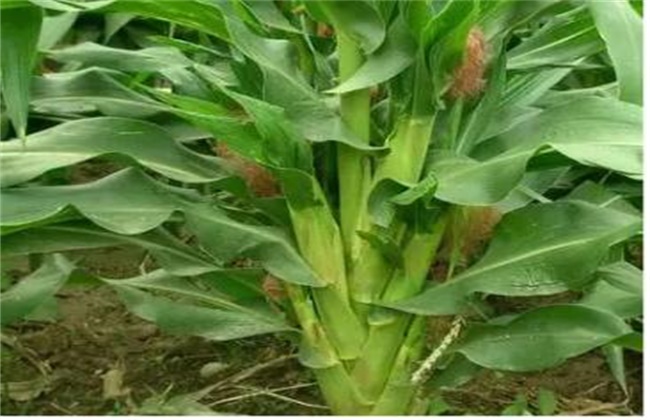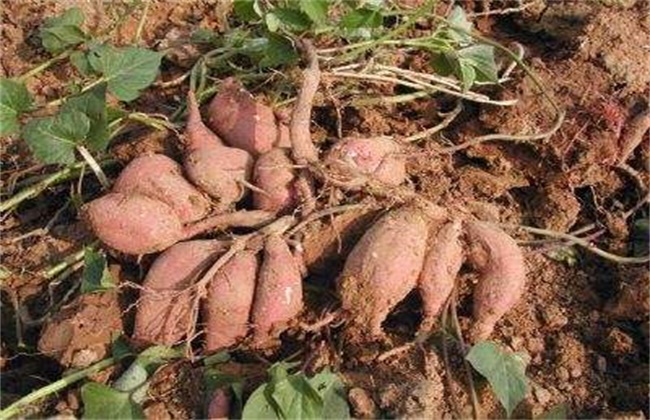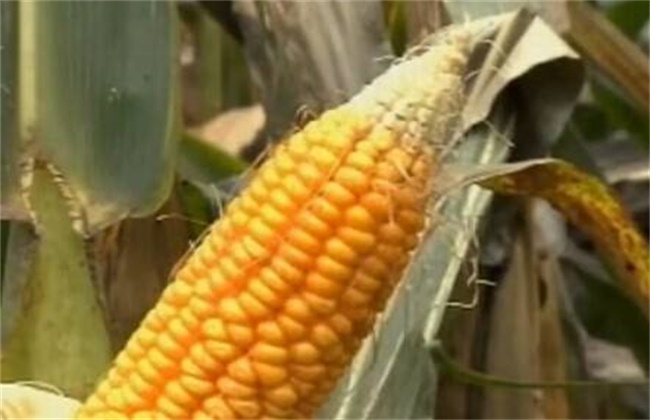What about the spikes of corn?
Corn is a very popular food crop in China, which has a large planting area. Although it is relatively simple to plant corn, there are still many problems in the planting process, which affect the yield of corn. Among them, multiple ears of corn is one kind, which will lead to smaller ears and a serious decrease in yield. So what should we do about the spikes of corn? The following editor will give you a brief introduction, let's have a look!

1. Variety selection
One of the reasons for the multi-ear of corn is the problem of variety. Before planting corn, we should scientifically choose the name of the variety suitable for planting according to local conditions. Can not blindly follow the trend, should be suitable for the local environment and the market as the premise. When selecting varieties, we should choose varieties with wide adaptability and strong stress resistance, which can effectively reduce the number of spikes. If you are planting a variety with multiple spikes. Then after the corn enters the silking period, the invalid ear should be removed in time to avoid the phenomenon of multiple ears.
2. Rational planting
Corn is a kind of cross-pollination plant, the main way of pollination is wind power. Therefore, when we plant corn, we should plant corn in close density reasonably, improve the permeability of corn field and enhance wind pollination. Can effectively improve the utilization of light energy and pollination success rate. It is also very beneficial to the overall growth of corn, and the phenomenon of multiple ears can also be effectively reduced. Planting density should be reasonably adjusted according to different varieties, such as compact corn varieties, the number of plants per mu should be kept at about 4300, planting should not be too dense and sparse.
3. Strengthen the management
The discomfort of fertilizer and water is also one of the main reasons for the spike of corn. The demand for fertilizer of corn will change with the change of growing period. In the seedling stage, because the growth ability is not strong, so the demand for nutrients is less. When entering the jointing and heading stage, the fertilizer demand of corn is at its peak. When applying fertilizer, it is necessary to apply fertilizer reasonably according to the law of fertilizer demand of corn, not over the application of nitrogen fertilizer. Then, when the corn encounters the phenomenon of water shortage, it should be watered in time, especially before and after the heading stage, the corn is very sensitive to water demand. Soil water content should be kept at about 75% to reduce the phenomenon of multiple spikes as far as possible.
4. Artificial pollination
After entering the silking period of corn, if the phenomenon of many ears is found, then the ears in the lower part of the plant should be removed in time to avoid consuming too much nutrition. More than two ears in the upper part of the plant can be preserved, and the nutrition can be concentrated for the purpose of cultivating large ears to improve the yield of maize. In addition, when breaking off the ear, we should be careful not to hurt the stems and leaves of the plant. Then in the flowering period of corn, proper artificial pollination can effectively improve the seed setting rate and reduce the abnormal heading phenomenon. In case of drought, strong wind and rainstorm, pollination in different places should be carried out in time.
The above is a brief introduction to what to do with many ears of corn. Many ears of corn will have a great impact on the yield of corn, so we must pay attention to it, strengthen management and pay more attention to it. That's all for today's introduction. This article is for only. I hope it can be helpful to all of you.
Related
- The first cup of black tea in spring, the flavor and history of tea gardens in Kenya, Africa
- The computer can not only choose potatoes, but also grow tea rice. AI will grow winter oolong tea champion.
- It is not only the inflated tea bitten by insects, but also engraved with the four seasons tea in Beipu.
- The Oriental Beauty Tea Festival in Zhuxian County takes the stage at the weekend to experience the plus-size feast of oil tea.
- & quot; Oriental Beauty Tea & Exploration of Emei in Hsinchu, the hometown of quot;
- The new variety of strawberry "Tainong 1" dessert is the first choice with mellow aroma. Crimson gorgeous
- History of Tea in Taiwan: from Wild Inner Mountain to Export Tea Garden
- Two types of Taiwan Oriental Beauty Black Tea won the British three-Star Award for Childhood Tea Xiang Zhang Jiaqi changed from pilot to champion tea maker.
- Banana species and varieties: the planting history of Taiwan Xianren banana and dwarf banana is long, is banana disease resistant?
- Coffee planting Technology: Qianjie Coffee from Seedling to harvesting



